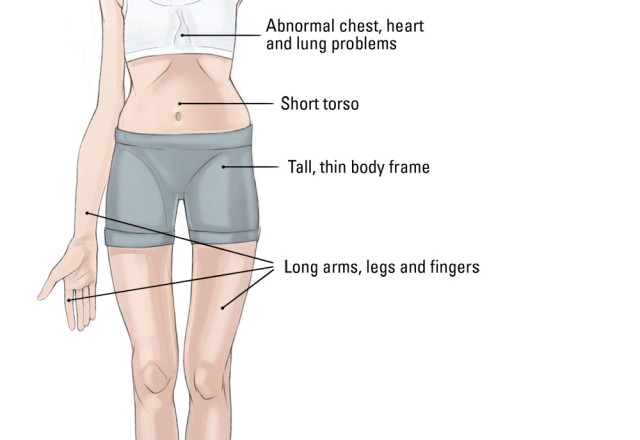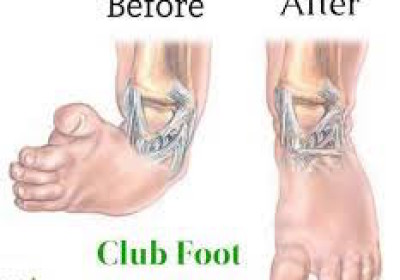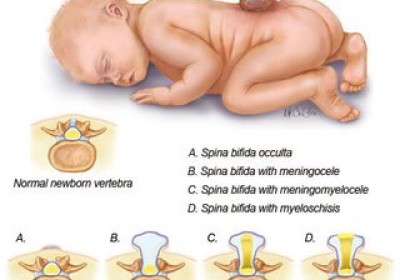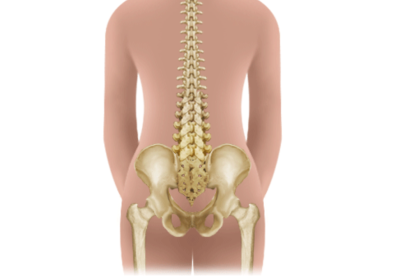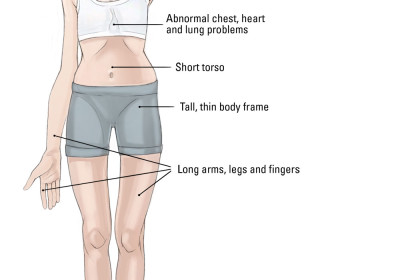- Home
- Resources
- Patient Release Form to obtain your records from other Physician
- Patient Release Form to release your records to other Physician
- Insurance and Billing
- What should I bring to Appointments
- Glossary in English
- Glosarios de Examenes de diagnostico
- High School Sports Injuries
- Stretching Exercises for Sports
- Childhood Obesity and bone, joint & muscle health
- News
- Staff
- Conditions
- Galleries
- FAQ
- Zink Blog
- Contact
Marfan Syndrome
Pediatric Marfan Syndrome
What is Marfan syndrome?
Marfan syndrome is a disorder involving the body’s connective tissue. Connective tissue has many important functions, including the following:
- Assisting with growth and development of the body’s cells, both before and after birth
- Supporting tissues in the body
- Acting as an adhesive to hold certain tissues together
- Protecting joints
- Facilitating the passage of light through the eye
A defective (FBN1) gene associated with Marfan syndrome affects the formation of a protein in connective tissue called fibrillin, which impacts the integrity of many organs and structures in the body. Organs and body systems that can be impacted include, but are not limited to, the following:
- Heart and major blood vessels
- Lungs
- Skeletal system
- Spinal cord
- Eyes
- Skin
According to the March of Dimes, more than 200,000 people in the U.S. are affected by Marfan syndrome. Marfan syndrome occurs in equal numbers in males and females, and also appears equally in all races and ethnic groups.
Treatment for Marfan syndrome
Specific treatment for Marfan syndrome will be determined by your child’s health care provider based on:
- Your child’s age, overall health, and medical history
- Extent of the disorder
- Your child’s tolerance for specific medications, procedures, or therapies
- Expectations for the course of the disease
- Your opinion or preference
At the present time, there is no cure for the disorder. Treatment is based on determining which organ systems are affected and managing the problems that arise. Recommendations for managing Marfan syndrome may include the following:
- An annual echocardiogram, or echo (to monitor the heart and aorta)
- Periodic eye examination by an ophthalmologist
- Monitoring of the skeletal system for abnormalities (such as scoliosis) that can be noted in childhood or adolescence
- Lifestyle adjustments (to reduce the risk of injury to the aorta, such as avoiding contact sports or stressful exercise)
Genetic counseling is important for people who have Marfan syndrome and are planning to have a family. If one parent has the disorder, there is a 50 percent chance, with each pregnancy, for a child to also have Marfan syndrome. In addition, women with Marfan syndrome who become pregnant have significant risks for their health during pregnancy, due to the added stress that a pregnancy puts on the heart and aorta. Women with Marfan syndrome should consult with their health care providers before pregnancy to determine if pregnancy is safe for them.
Long-term outlook for a child with Marfan syndrome
Heart and blood vessel problems pose the largest threat to a person with Marfan syndrome, which emphasizes the importance of regular evaluation by your child’s health care provider. Consult your child’s health care provider for more information regarding the specific outlook for your child.
With advances in the diagnosis, evaluation, and management of the organ abnormalities associated with Marfan syndrome, the life expectancy for a person with the disease has nearly doubled in the past 25 years. Today, individuals with Marfan syndrome can expect to live about 70 years or more.
For women with Marfan syndrome, pregnancy and childbirth pose significant risks. These women should be evaluated with echocardiography prior to becoming pregnant. Other diagnostic imaging procedures, such as computed tomography angiography (CTA) or magnetic resonance angiography (MRA), may be used to assess risks. Cesarean delivery (C-section) is generally recommended for pregnant women with Marfan syndrome to prevent strain on the aorta and decrease the risk of aortic dissection during labor.



